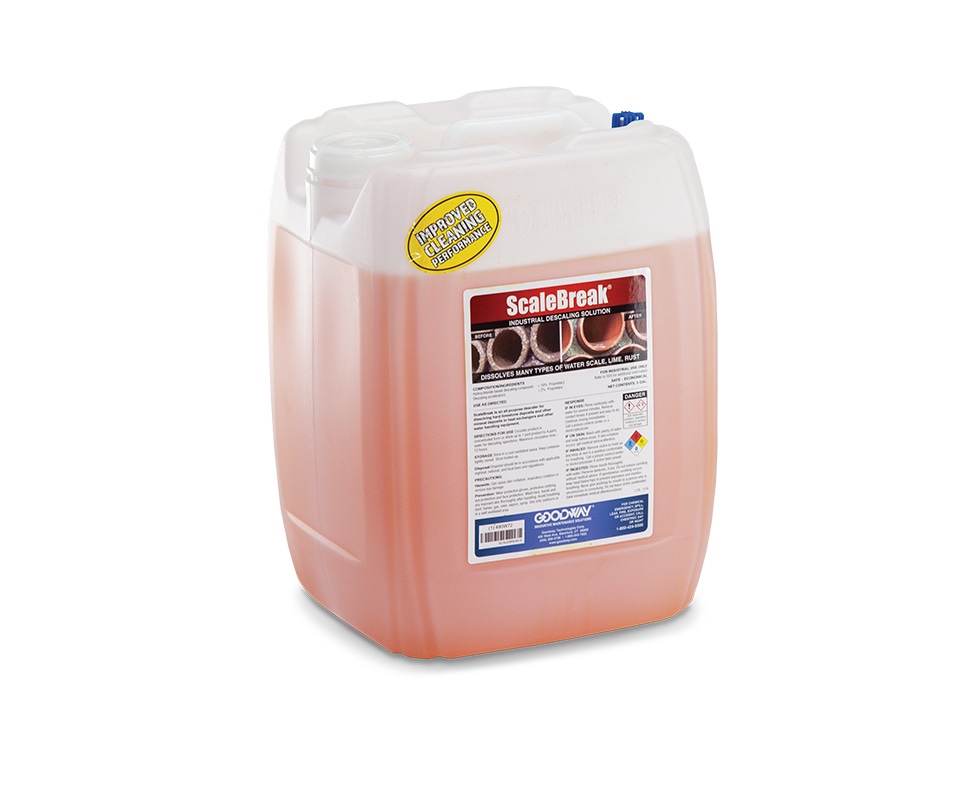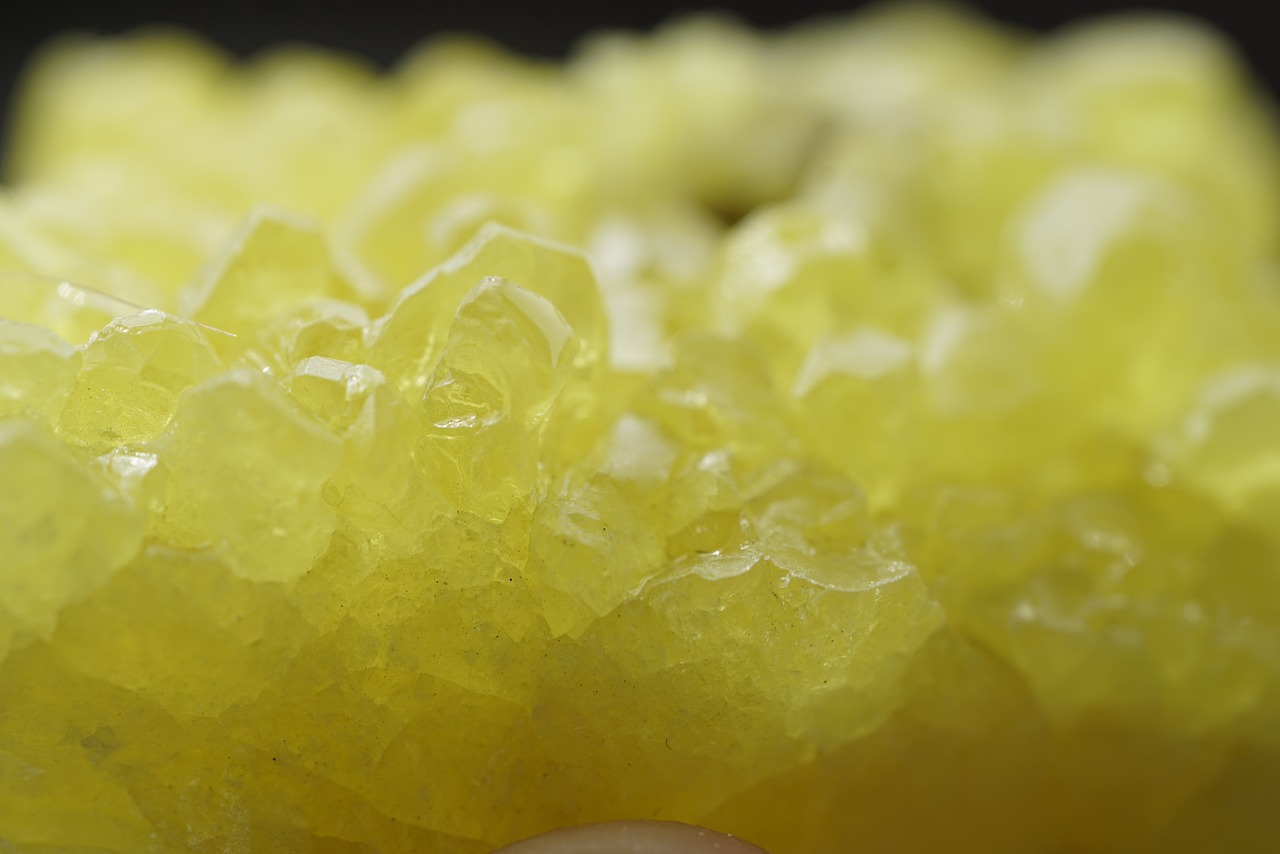What’s in Coffee Machine Descaler? Find Out Now!
Purchasing products via the links in our article may result in us earning a commission, but rest assured, this does not influence our editorial independence.
Coffee enthusiasts and daily sippers alike understand the importance of a well-maintained coffee machine. The secret to the longevity of these beloved appliances lies in a routine yet crucial process: descaling.
Descaling not only preserves the life of your coffee machine but also ensures that each cup of coffee is as delicious as the last.
But what exactly goes into the potions that we trust to keep our machines in tip-top shape? In this comprehensive guide, we’ll explore the ingredients that make up coffee machine descalers and why they’re so effective at combating the dreaded mineral buildup.
The Science Behind Descaling
Why Descaling is Essential
Over time, water running through your coffee machine leaves behind traces of minerals, primarily calcium and magnesium. These minerals form a chalky layer known as limescale, which can clog water lines and affect the performance of your machine. Descaling is the process of removing these deposits, ensuring that your coffee machine works efficiently and your coffee remains flavorful.
The Role of Acids in Descalers
At the heart of every descaler is an acid. Acids are adept at dissolving mineral buildup, making them the perfect candidate for the job. However, not all acids are created equal. The type of acid used in a descaler can affect its strength, how it interacts with the machine’s components, and the safety of the descaling process.
Primary Acids Found in Descalers
Citric Acid: The Natural Choice
- Safety and Effectiveness: Citric acid is a natural compound found in citrus fruits. It’s safe to use and effectively breaks down mineral deposits.
- Popularity: Due to its natural origin and effectiveness, citric acid is the most common acid found in commercial descalers.
Lactic Acid: Gentle and Efficient
- Source: Lactic acid is another natural acid, typically derived from the fermentation of milk.
- Advantages: It’s less acidic than citric acid, which makes it gentler on the metal components of coffee machines.
Malic Acid: The Less Common Alternative
- Occurrence: Found in apples and other fruits, malic acid is an effective descaling agent but is less commonly used than its counterparts.
Additional Ingredients That Enhance Performance
Sulfamic Acids: The Powerful Contenders
- Potency: These synthetic acids are stronger than natural acids and are used for more stubborn mineral deposits.
- Caution: Due to their corrosive nature, they should be used carefully and in accordance with manufacturer instructions.
Surfactants: The Cleaning Helpers
- Function: Surfactants are cleansing agents that assist in loosening oils and debris, complementing the descaling process.
Corrosion Inhibitors: The Protectors
- Purpose: These ingredients are added to some descalers to protect the coffee machine’s metal parts from the acids.
Fragrances: For a Pleasant Experience
- Use: Fragrances are sometimes included in descalers to mask the strong acidic scent.
DIY Alternatives: Natural and Cost-Effective Solutions
Vinegar: The Household Staple
- Acidic Nature: Vinegar, particularly white distilled vinegar, contains acetic acid, which can tackle mineral buildup.
- Usage Tips: Dilute with water and rinse thoroughly after descaling to avoid any residual taste.
Citric Acid Powder: The Concentrated Option
- Preparation: Mix food-grade citric acid powder with water to create a potent homemade descaler.
- Effectiveness: This can be more effective than vinegar, especially for machines with significant mineralization.
Understanding Your Coffee Machine’s Needs
Consult the Manual
Before using any descaler, it’s imperative to read your coffee machine’s manual. Manufacturers often provide specific instructions and recommendations for descaling. Some machines have built-in descaling cycles, and certain descalers may not be suitable for use with specific models.
Frequency of Descaling
The frequency at which you should descale your coffee machine depends on the hardness of your water and how often you use the machine. As a general rule, descaling every three to six months is recommended, but always refer to your machine’s manual for the best advice.
Conclusion: The Key to a Perfect Cup
Descaling is an essential maintenance step for any coffee machine owner. Understanding what’s in your coffee machine descaler and choosing the right product or DIY method can make all the difference in the performance and longevity of your machine. Whether you opt for a commercial descaler with citric acid or a homemade vinegar solution, regular descaling will ensure that your coffee tastes great and your machine runs smoothly.
By keeping your coffee machine free of mineral buildup, you’re not just preserving the machine itself; you’re also guaranteeing the quality of your coffee. So the next time you sip on that rich, aromatic brew, remember that a little descaling goes a long way in achieving the perfect cup.
Michael Smith
Michael Smith is a chemical engineer who specializes in water treatment and descaling solutions. He has a wealth of knowledge on the science behind descaling and the various methods and products available. He is dedicated to educating others on the importance of descaling and maintaining their appliances through his blog, Descaler Genius.




